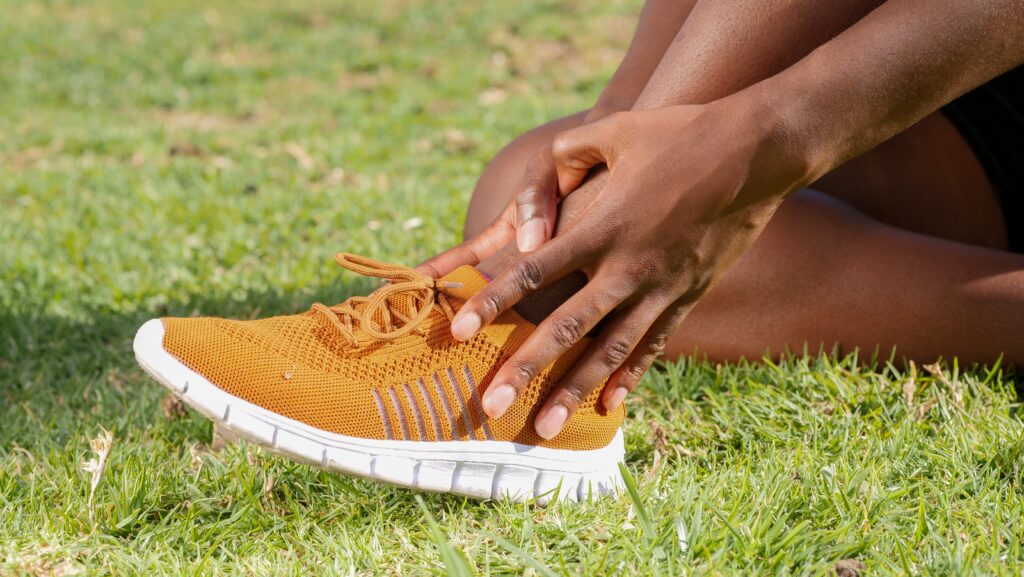Physical Therapy for Shin Splints: Treating with Expert Guidance
Introduction:
Are you suffering from shin splint pain? You’re not alone. Shin splints, or medial tibial stress syndrome (MTSS), is a painful condition that many athletes and active individuals experience. It’s caused by too much repetitive impact on the lower leg bones and muscles.
Fortunately, physical therapy can help relieve your shin splint pain. In this article, we’ll explore what to expect at physical therapy for shin splints, the types of exercises you might do, and how long recovery can take. Additionally, we’ll discuss how physical therapy plays a crucial role in preventing reinjury.
Physical therapy offers effective treatment and guidance for managing shin splints, allowing individuals to resume their activities pain-free. With the right therapy, you can regain strength, improve flexibility, and prevent the recurrence of shin splints. Let’s delve into the details of physical therapy for shin splints and discover the path to a speedy recovery.
What to Expect at Physical Therapy:
When you arrive for your physical therapy session, the first step is typically an assessment. Your therapist will evaluate your medical history and symptoms to develop a personalized plan of care specifically designed to address your condition. They may also review imaging tests such as x-rays or ultrasounds to get a better understanding of how severe the shin splints are. The therapist may then move on to create a treatment plan to address your particular issue.
Your therapist will also help you build strength, improve mobility and flexibility, reduce inflammation, and boost overall physical fitness through exercise and stretching. They may also use modalities such as ice or heat therapy to relieve pain and swelling.
What Types of Exercises Might You Do?
Your physical therapy plan will typically depend on your individual needs and severity of the shin splints. However, some exercises that could be part of your treatment plan include:
Calf stretches: These help stretch the calf muscles to reduce tension in the lower leg.
Single/Double Leg Squats: Performing these squats with proper form can strengthen the glutes, quads, and hamstrings.
Shin Strengthening Exercises: These can help strengthen the muscles in the leg to reduce stress on the shin bone.
Ankle Mobility Exercises: Performing ankle exercises helps improve range of motion in the joint which can in turn help relieve pain.
Balance Training: This type of exercise can improve stability and decrease the risk of reinjury.
How Long Does Recovery Take?
Recovery time for shin splints varies from person to person and is largely dependent on how severe the injury is. Generally, it could take anywhere from a few weeks to several months to fully recover. During that time, your therapist may recommend a gradual return to activity or sports.
How Does Physical Therapy Help Prevent Reinjury?
Physical therapy is an important part of helping to prevent reinjury. Your physical therapist will evaluate your body mechanics and any underlying biomechanical issues that may be causing the shin splints. They will then work with you to create a treatment plan to address those issues and help strengthen the muscles around the shin bone. This will reduce the risk of reinjury by making sure your body is operating in its most efficient state possible.
Conclusion
Physical therapy is an important part of treating and preventing shin splints. A physical therapist can assess your injury, create a tailored plan to address your individual needs, and help you return to activities safely and efficiently. They can also help prevent reinjury by making sure your body mechanics are in top form.

